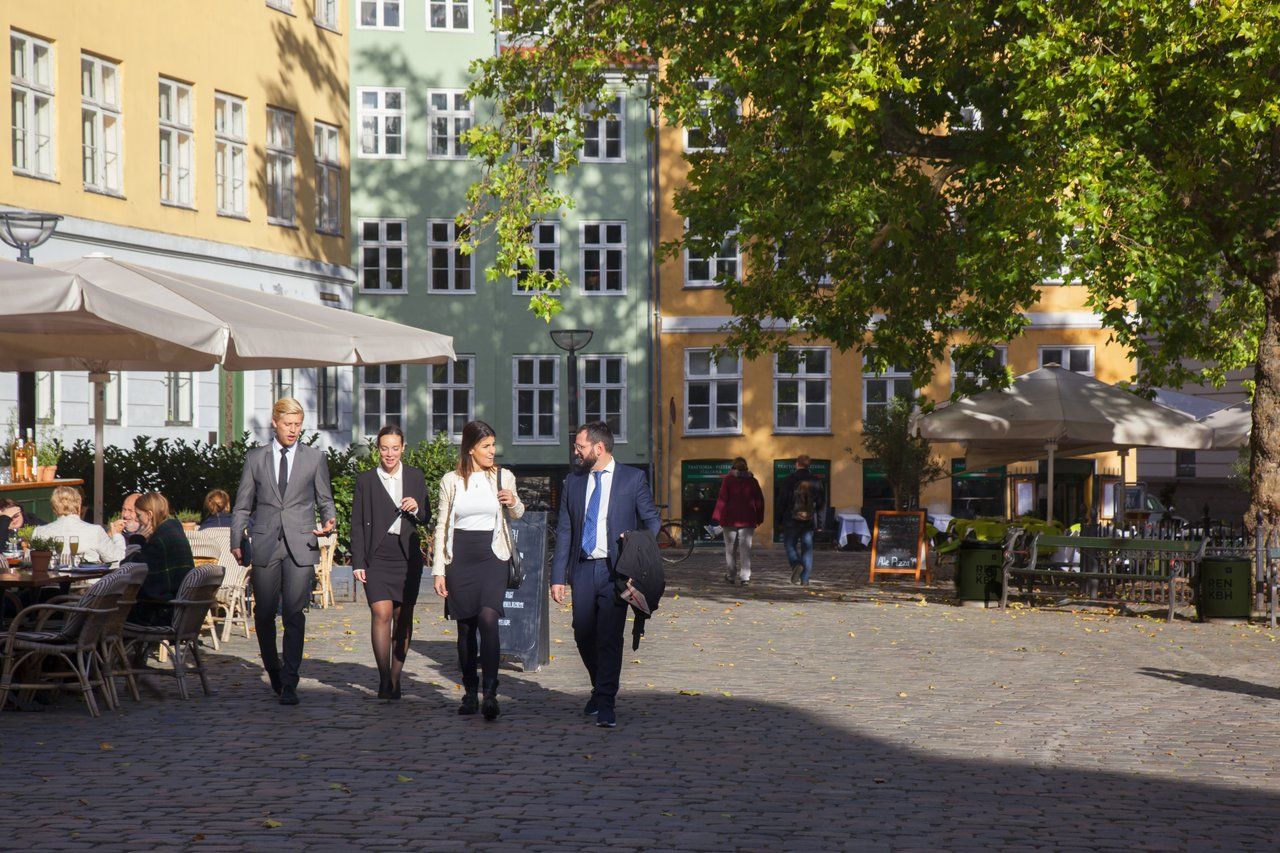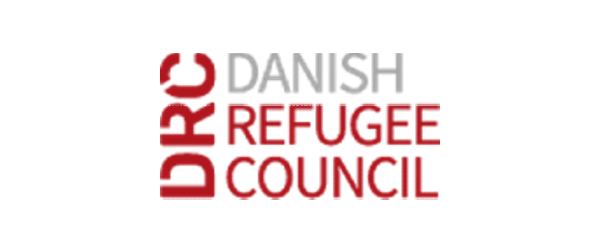Prospective parents undergoing fertility treatment in Denmark are having to wait years to get donated eggs, according to figures from the fertility company Dansk Fertilitetsselskab (DF).
DF figures showed that about 600 treatments with donor eggs are needed every year, but in 2015 there were only enough eggs for 233 treatments. Some fertility clinics, including Fertilitetsklinikken Trianglen, advise their clients to travel abroad as a result.
“We are pretty much resigned to the fact it is difficult to get Danish women to donate,” Kåre Rygaard, the head of Fertilitetsklinikken Trianglen, told Politiken newspaper.
READ MORE: Mothers receiving fertility treatment in increased risk of developing depression
Passing the age limit
A law change in 2012, which legalised several types of egg donations, had aimed to change that, but there hasn’t been an increase in egg donations.
The result is that some childless couples face waiting up to four years on waiting lists, and that some of them end up turning 45 years old, the age limit for having a child with a donated egg.













